 Embrace The Burn
Embrace The Burn
Friends
in California ask me what subzero feels like. I compare it to a (naked)
cannonball into an Olympic swimming pool filled with low-grade battery
acid.
Not. Pleasant.
Ice crystals up your nose and squeaky
snow are tell-tale signs of serious negative numbers - what may be the
coldest morning of the entire winter with a chill factor near -35F.
How
could half an inch of snow result in such a traffic nightmare over the
last 36 hours? Car exhaust usually evaporates, but when it's this cold
these hydrocarbons freeze directly onto highway surfaces, especially at
intersections & ramps, where vehicles idle. "
Wheel-Track Glazing"
is another threat. Warm tires can melt freshly fallen powder, creating
water which instantly refreezes into glaze ice, an impossible challenge
for road crews.
Canada is about to run out of cold air, at least
temporarily. Teens feel good by the weekend; I still think we'll see a
thaw by the end of next week. No big storms brewing and next week will
be closer to average.
This is probably as cold as it's going to get all winter.
Please.
Perils of Wheel-Track Glazing.
Tires warm freshly fallen snow, sparking instant melting, then
refreezing, resulting in glaze ice conditions well after the snow has
stopped falling. Here's an excerpt of a good explanation from the
Iowa Department of Transportation:
"...The combination of light, blowing snow and cold surface
temperatures could result in icy roadways due to a phenomenon called
wheel-track glazing. "Wheel-track glazing" is caused by warm tires
trapping theground-level light, blowing snow. As more vehicles travel
over the same wheel tracks, a glaze of ice forms that becomes very
slippery..."
Image credit above:
iowadot.gov.
Bottoming Out.
Weather models show wind chills dipping into the -26 to -35F range for a
time this morning; probably one of the two coldest mornings of winter.
Hard to believe we'll be whining about the humidity within 5 months.
Graphic above: Aeris.
Very Slow Recovery.
No rapid thaw this time around, although guidance suggests 20s, even
low 30s by the end of next week as winds aloft begin to blow from the
Pacific. The next (and final) subzero surge for now whips up an inch or
so of powder tomorrow (roads may be rough again with black ice),
followed by double digit negative numbers Friday morning before teens
return this weekend. Kind of sad when a high of 13 represents a warm
front.
Above Average Third Week of January.
GFS guidance shows 20s and 30s, as a rule, between January 14 and 22
with little chance of a major storm during that period. No surprise
there. A zonal flow tends to be milder and drier for Minnesota.
Nice To Be Above Average Again.
Long-range guidance shows a breakdown of the west coast ridge with
another series of storms approaching California, suggestive of a shift
in steering winds to more west or even southwest. 500 mb winds on
Tuesday evening, January 20 are blowing from Vancouver, not the Arctic
Circle. You should regain feeling in your extremities by then. Map:
GrADS:COLA/IGES.
NOAA Announces Significant Investment In Next Generation of Supercomputers. Some good news coming out of NOAA; here are a few excerpts of a
Tuesday press release: "
Today,
NOAA announced the next phase in the agency’s efforts to increase
supercomputing capacity to provide more timely, accurate, reliable, and
detailed forecasts. By October 2015, the capacity of each of NOAA’s two
operational supercomputers will jump to 2.5 petaflops, for a total of 5
petaflops – a nearly tenfold increase from the current capacity. Ahead
of this upgrade, each of the two operational supercomputers will first
more than triple their current capacity later this month (to at least
0.776 petaflops for a total capacity of 1.552 petaflops). With this
larger capacity, NOAA’s National Weather Service in January will begin running an upgraded version of the Global Forecast System
(GFS) with greater resolution that extends further out in time – the
new GFS will increase resolution from 27km to 13km out to 10 days and
55km to 33km for 11 to 16 days. In addition, the Global Ensemble Forecast System
(GEFS) will be upgraded by increasing the number of vertical levels
from 42 to 64 and increasing the horizontal resolution from 55km to 27km
out to eight days and 70km to 33km from days nine to 16..."
Liability Concerns Prompt Some Cities To Limit Sledding.
Yes, this Grinch-like move is an apparent step to try and avoid dealing
with injuries and inevitable lawyers. Here are two excerpts from an
eye-opening story at
AP: "...
A
study by Columbus, Ohio-based Center for Injury Research and Policy at
Nationwide Children's Hospital found that between 1997 and 2007, more
than 20,000 children each year were treated at emergency rooms for
sledding-related injuries....Some cities have opted for less drastic
measures in the last several years rather than an all-out ban, including
Des Moines, Iowa; Montville, New Jersey; Lincoln, Nebraska; and
Columbia City, Indiana. By banning sledding on certain slopes or posting
signs warning people to sled at their own risk, cities lessen their
liability if someone is seriously hurt, but they're still more
vulnerable to lawsuits than if they had adopted an outright ban..."
Photo credit above: "
In
this Dec. 11, 2013 file photo Zoe Reisen,10, of Dubuque, Iowa, sleds
down a hill at Allison-Henderson Park on in Dubuque, Iowa. Faced with
the potential bills from people who are injured sledding, Dubuque is one
of the cities across the country the is opting to close hills rather
than face the risk of large liability claims." (AP Photo/The Telegraph Herald, Jessica Reilly, File).
Japan Confirms 2014 Was Earth's Warmest Year.
We should know whether NOAA, NASA and the UK Met Office agree with this
assessment within the next 1-2 weeks. Here's the intro to an
explanation at
Mashable: "
The
first official temperature monitoring institution to report 2014's
climate data has now confirmed what climatologists widely expected: 2014
was the planet's warmest year since thermometers began monitoring
temperatures in the late 19th century. Other studies, using data from
ice cores, tree rings, corals and other so-called "proxy" data shows the
planet has not been this warm in at least 4,000 years, while other data shows that the level of the main global warming gas has not been this high in all of human history..."
Land Of The Midnight Sun Warms Fastest In The World. Scientific American takes a look at the trends in Finland; here's an excerpt: "
Finland's
temperatures have risen at roughly double the rate of the planet as a
whole, a new study suggests. A team of researchers from the University
of Eastern Finland and the Finnish Meteorological Society found that
over the past 166 years, the country's average monthly temperatures have
increased by more than 2 degrees Celsius (3.6 degrees Fahrenheit), a
0.14 C change per decade. For the planet as a whole, the average
temperature had increased by 0.8 C over the same period..."
Photo credit above: "
Finland's temperatures have risen at roughly double the rate of the planet as a whole, a new study suggests.
" Credit: josef.stuefer/Flickr.
Heat Stress Hospitalizations On The Increase. Here's a summary of a new study at the CDC,
The Centers for Disease Control and Prevention in Atlanta: "
During
2001–2010, approximately 28,000 HSI hospitalizations occurred in 20
states participating in the Tracking Program. Data from three states
were not included in this report because of missing data for ≥3 years.
Two states joined the Tracking Program after the study period and also
are not included in this report. The majority of HSI hospitalizations
occurred among males and persons aged ≥65 years. The highest rates of
hospitalizations were in the Midwest and the South. During this period,
an overall 2%–5% increase in the rate of HSI hospitalizations occurred
in all 20 states compared with the 2001 rate. The correlation between
the average number of HSI hospitalizations and the average monthly
maximum temperature/heat index was statistically significant (at
p<0 .0001="" 20="" all="" em="" in="" states="">..."
 The Best Places To Retire Abroad in 2015
The Best Places To Retire Abroad in 2015. Ecuador? OK. I'm trying to keep an open mind; details at
Next Avenue; here's an excerpt: "
Whether your dream is to retire abroad one day or the idea just offers a vicarious thrill, you’ll likely want to hear the winners in International Living’s just-released “World’s Best Retirement Destinations for 2015.”
Mixing the latest data on everything from weather to retiree discounts
with reports from its network of far-flung correspondents, International
Living (a media company specializing in retirement abroad) ranked 25
countries for its annual Global Retirement Index. This year’s winner
Ecuador nudged out the 2014 champ, Panama..."
The Real Reason U.S. Gas Is So Cheap Is Americans Don't Pay The True Cost of Driving. CityLab has a story that made me do a double-take; here's the introduction to an article well worth your time: "
Amid all the celebration over America's plunging gas prices—down some 40 percent since June—it's easy to forget a very basic fact: in a global sense, U.S. fuel has been cheap for years. In late 2012, for instance, the United States ranked toward the bottom
of a world list of gas prices, wedged between the likes of Tunisia and
Chad on one side and Russia and Kazakhstan on the other. Most
first-world countries paid at least double what America did then, just as they do today...."
This Is The Video CNN Will Play When The World Ends. I hope I'm not around to see this clip; courtesy of
Jalopnik: "
Thirty-four
years ago, at the launch of Ted Turner's Cable News Network, the
founder made a grandiose and specific promise about his newly created
round-the-clock operation. "Barring satellite problems, we won't be
signing off until the world ends," Turner declared. And in anticipation,
he prepared a final video segment for the apocalypse..."
-9 F. morning low Tuesday.
7 F. afternoon high yesterday in St. Cloud.
21 F. average high on January 6.
-15 F. high on January 6, 2014.
1" snow on the ground at St. Cloud, 3" reported at MSP International Airport.
January 6, 2003:
Record warmth over Minnesota. Many places reach the 50's including the
Twin Cities. St. James hit 59 and the Twin Cities reached 51. Nine golf
courses were open in the Twin Cities and 100 golfers were already at the
Sundance Golf Course in Maple Grove in the morning.
January 6, 1873:
Great Blizzard. Three day blizzard caused extreme hardship for pioneers
from out east who were not used to the cold and snow. Visibility was
down to three feet. Cows suffocated in the deep drifts and trains were
stuck for days. More than 70 people died, some bodies were not found
until spring. Weather conditions before the storm were mild, just like
the Armistice Day storm.
Today:
Windchill Warning. Some of the coldest weather of the winter. AM Wind
Chill: -40. Numbing sunshine. Winds: NW 10-20. High: -3
WEDNESDAY NIGHT: Clouds increase, light snow late. Low: -10
THURSDAY: Next clipper with a coating to 1" of powdery snow - icy again. High: 11
FRIDAY: Freezer door swings open again. Blue sky, feels like -25. High: -2
SATURDAY: Patchy clouds, not as harsh. Wake-up: -18. High: 10
SUNDAY: Partly sunny, cold and quiet. Wake-up: -1. High: 13
MONDAY: More clouds than sun, still dry. Wake-up: -4. High: 8
TUESDAY: Peeks of sun, light winds. Wake-up: -6. High: 12
Climate Stories...
2014 May Set A New Temperature Record. So Can We Please Stop Claiming Global Warming Has "Stopped"? Chris
Mooney takes a look at data from JMA, the Japan Meteorological Agency,
as well as the trends in recent years. The "temperature pause" is a
political talking point, an ideological artifact, one not necessarily
grounded in data and facts. Here's a clip from
The Washington Post: "...
Based
on this data, 2014 was the hottest year on record for the globe.
That surpasses the year 1998 (now in 2nd place in the JMA dataset) and
2013 and 2010 (now tied for 3rd). You'll also note, incidentally, that
while the dataset is noisy, the upward trend is quite clear, and the
decade of the 2000s is plainly warmer than the decade of the 1990s. So
much for any "pause" in global warming. Japan's is the first major
meteorological outlet to pronounce on how 2014 ranks for temperatures..." (Image: Japan Meteorological Agency).
Big Threat For Obama's Climate Efforts From GOP-Run Congress. Here's a link to the story at AP and
ABC News: "
President
Barack Obama's determined efforts to combat global warming face their
biggest trial yet as Republicans take full control of Congress this
week. The GOP vows to move fast and forcefully to roll back his
environmental rules and force his hand on energy development. The GOP's
first order of business: the Keystone XL pipeline. The Republican-led
House has repeatedly passed legislation to approve the pipeline, which
would carry tar sands oil from Canada
deep into the United States. The bills died in the Senate when
Democrats were in control, but that will change Wednesday when a
Republican-led Senate committee holds a Keystone hearing..."
Oil's Swoon Creates The Opening For A Carbon Tax.
Implement a revenue-neutral tax on carbon pollution, one that doesn't
grow the federal government, and put a definable signal into the markets
that will accelerate innovation; new cleaner ways to generate
electricity and power the economy. Here's an excerpt of an Op-Ed from
former Treasury Secretary Larry Summers at
The Washington Post: "
The
case for carbon taxes has long been compelling. With the recent steep
fall in oil prices and associated declines in other energy prices, it
has become overwhelming. There is room for debate about the size of the
tax and about how the proceeds should be deployed. But there should be
no doubt that, given the current zero tax rate on carbon, increased
taxation would be desirable..." (File photo: AP).
Reverence For Life Underlies Catholic Case for Environment. Here's a clip from a story at
The National Catholic Reporter: "...
With
the growing awareness of the enormous adverse effect that human
behavior is having on the health of the planet, however, environmental
concerns are moving from the periphery to the center. Climate change has
raised environmental activism from the category of "nice" things to do
to that of "must do" for the sake of life itself. Maturing along with
the issue is the Christian understanding of creation and humans' place
in the universe. In the new thinking, a revised and refined anthropology
replaces a utilitarian view of earth's resources with one of complex
connections and interdependence among species and with the earth itself..."
 Looking Ahead In The Arctic, With The United States On Point
Looking Ahead In The Arctic, With The United States On Point.
InsideClimate News has the story - here's an excerpt: "...
Because
of carbon dioxide's long lifespan (a century or more) even major
reductions on that front may not slow the thaw of the Arctic before the
ice disappears completely. But black carbon and methane are a different
story. They have much shorter lifespans—black carbon's is just days or
weeks; methane's is about 12 years—but they have a more powerful impact.
Climate experts from the United Nations Environment Programme and the
World Meteorological Organization have determined that black carbon is 100 to 2,000 times more potent than carbon dioxide, while the EPA reports that methane has more than 20 times the impact of CO2 on climate change over a 100-year period..."
Report: Tibet's Glaciers At Their Warmest. China's
Xinhua site has the story - here's the intro: "
Recent
decades have likely been the warmest and wettest on record in the
Tibetan Plateau, known as the 'Third Pole' for its ice fields. A report
on the region's ecosystem published today shows climate change has been
coming fast at the glaciers. The Tibetan Plateau and surrounding
mountains represent one of the largest ice masses on earth. But the
glaciers are retreating rapidly, according to a report published by the
Institute of Tibetan Plateau Research at the Chinese Academy of Sciences..."
Polar Bears Shifting To Areas With More Sea Ice - Genetic Study Reveals. Here's the intro to a story at USGS,
The U.S. Geological Survey: "
In a new polar bear study
published today, scientists from around the Arctic have shown that
recent generations of polar bears are moving towards areas with more
persistent year-round sea ice. Research scientists, led by the U.S.
Geological Survey, found that the 19 recognized subpopulations of polar
bears group into four genetically-similar clusters, corresponding to
ecological and oceanographic factors. These four clusters are the
Eastern Polar Basin, Western Polar Basin, Canadian Archipelago, and
Southern Canada..."
Photo credit above: "
This
undated photo provided by NOAA shows a polar bear swimming. Earth's icy
northern region lost more of its signature whiteness that reflects the
sun's heat. It was replaced temporarily with dark land and water that
absorbs more energy, keeping yet more heat on already warming planet,
according to the Arctic report card issued Thursday, Dec. 17, 2014." (AP Photo/NOAA).
Perspective. Thanks to
Elijah Zarlin and Twitter for clarifying why climate scientists are concerned.
Climate Change's Calling Card in 2014: Heat. Here's a clip from a 2014 recap at
Climate Central that got my attention: "...
This
year is virtually guaranteed to go down as the world’s hottest on
record. But it’s not just one hot year we’re talking about. It’s a
staggering list. Consider that the 15 hottest years on record have all
come since 1997. Or that this will be the third straight decade to break
the mark for global temps. And that it’s been 358 months since the
planet had a cooler-than-average month, and more than 100 years since we
last had a record-cold month...."
2014 Brought Lasting Action on Climate Change Policy. Scott Horsley has the story at
NPR; here's an excerpt: "...
Critics
complain that while the U.S. is already cutting its carbon pollution,
China's emissions are allowed to keep growing until 2030. China is
already making big investments in clean energy, though. And the Chinese
government has announced plans to cap the use of coal within five years.
Doniger of the NRDC says China's choking smog problem gives it a big
incentive to clean up its power plants. What's more, he says, the
Chinese government is genuinely worried by increasingly dry weather in
the northern part of the country and rising sea levels in the east.
"They understand climate change is real. And when their scientists tell
them it's real, they don't have a bunch of ideologues who tell them it's
a hoax," Doniger says..."
Time Is Running Out On Climate Denial. Here's a clip from a story at
The Guardian: "...
In fact, there are few groups that don’t support significant action to curb carbon pollution. The US military views climate change as a serious threat. The Pope is rumored to be planning a major effort to encourage an international agreement on climate policy targets in 2015. A growing number of faith groups support climate action, viewing it as an issue of stewardship. Even a majority of non-Tea Party Republicans agree
that the planet is warming and support an international treaty that
requires the United States to cut its emissions of carbon dioxide 90% by
the year 2050..."
Can A Christian Make Conservatives Care About Climate Change? RollingStone has the article; here's a snippet: "...
Last
year, Joyner was featured in Showtime's documentary series Years of
Living Dangerously, where she debated climate change with her father in a
gripping segment. "What I found was that his resistance had very little
to do with theology and much more to do with his entrenched political
ideology," she says. "Conservative talking heads and think tanks don't
have to prove the science, they just have to introduce an element of
doubt..."
Photo credit above: The Years Project/Courtesy of SHOWTIME. "
Anna Jane Joyner is trying to convince evangelicals that climate change is a problem worth solving."

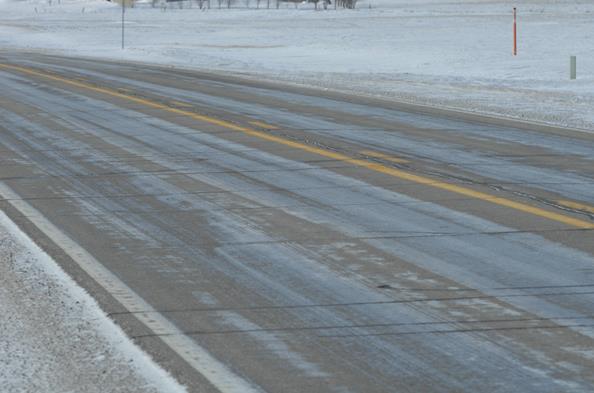

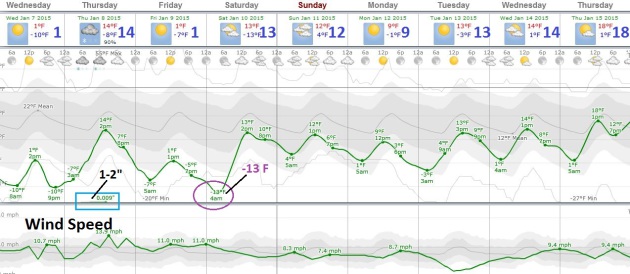
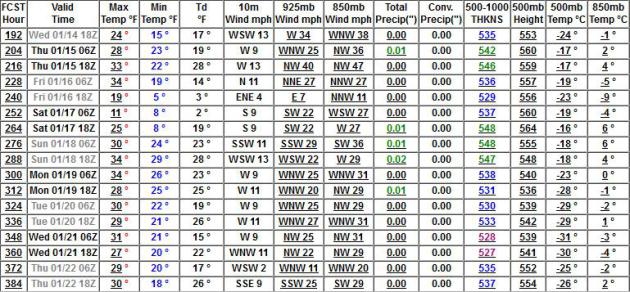
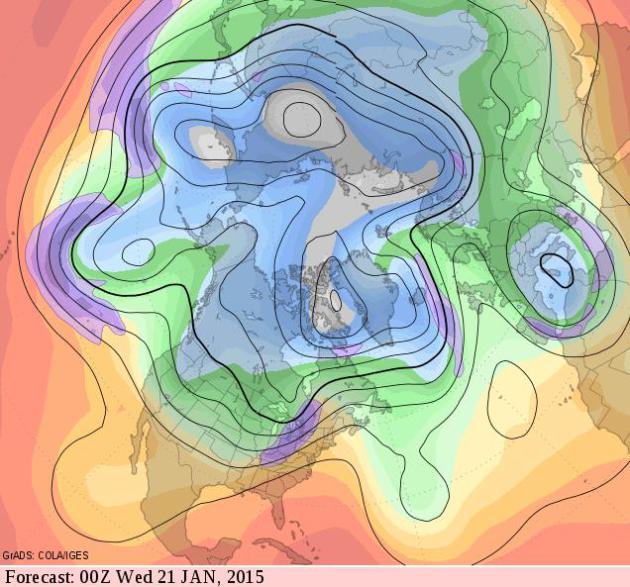
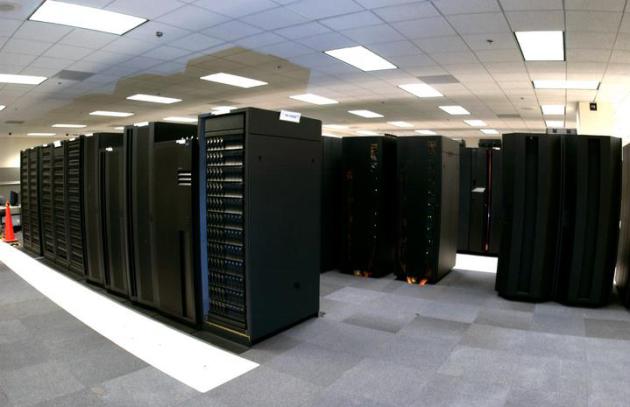


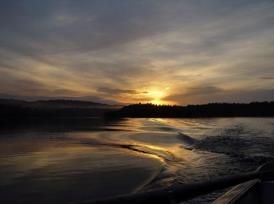

.jpg)
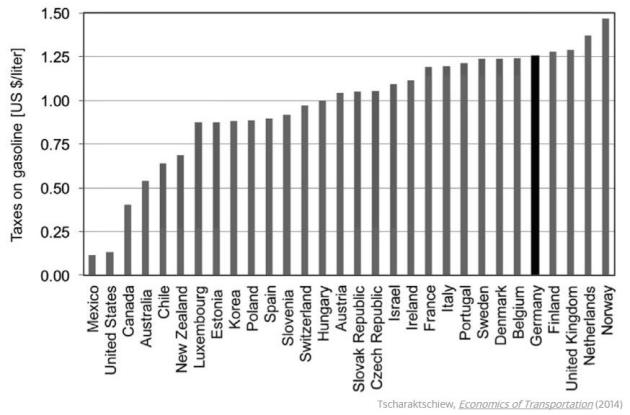


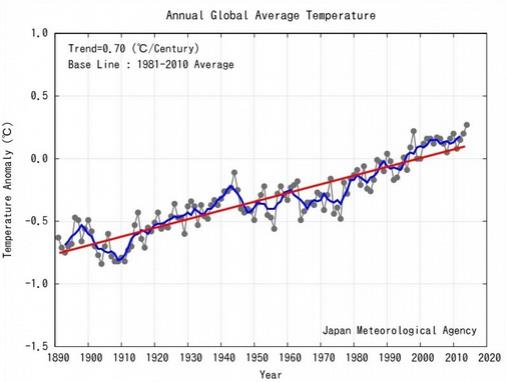

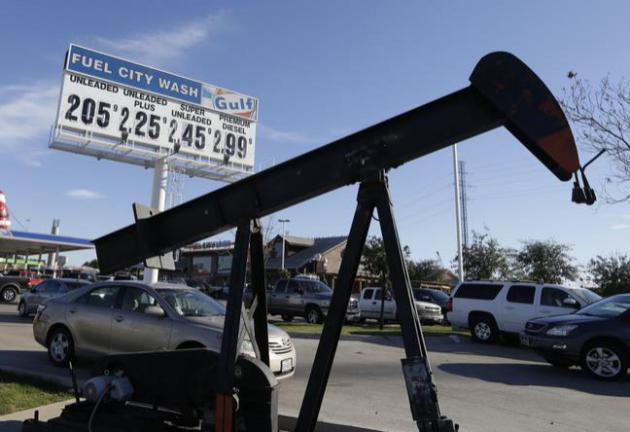
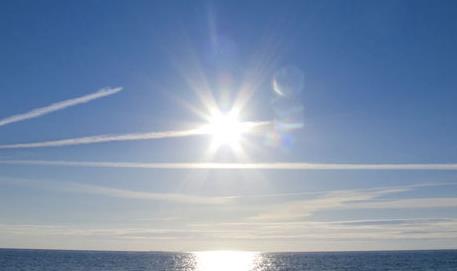
.jpg)
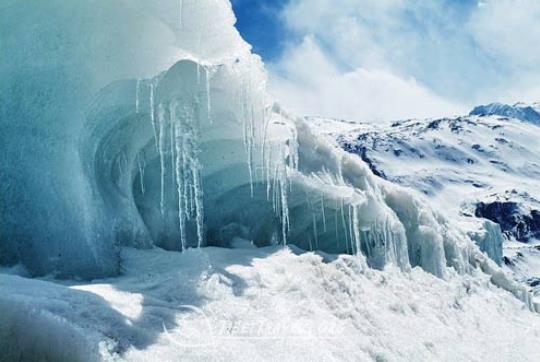

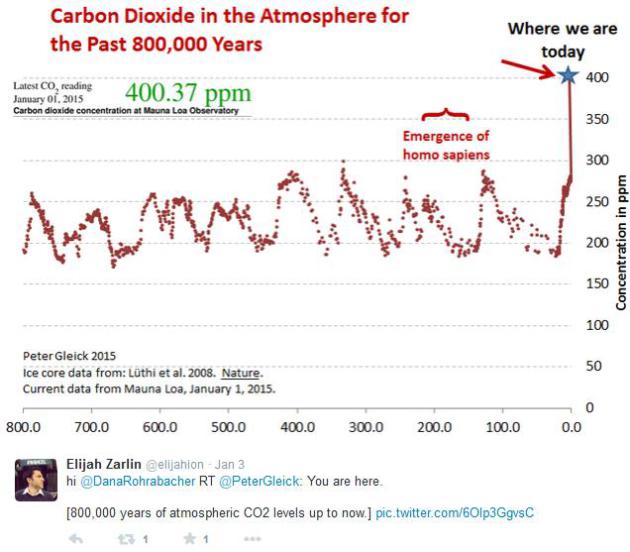

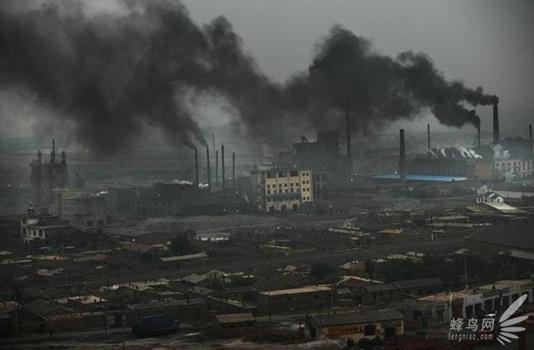
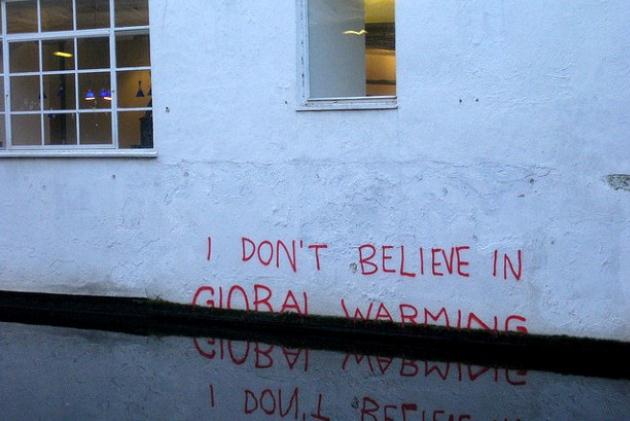
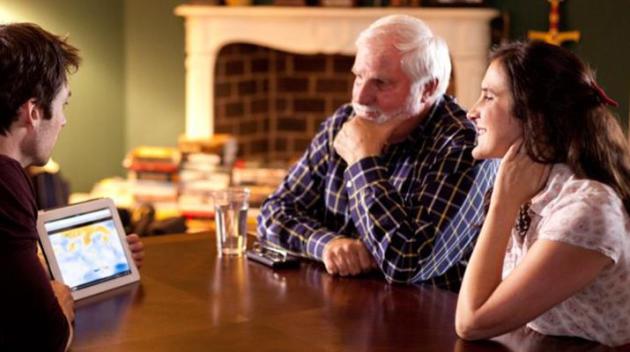
No comments:
Post a Comment